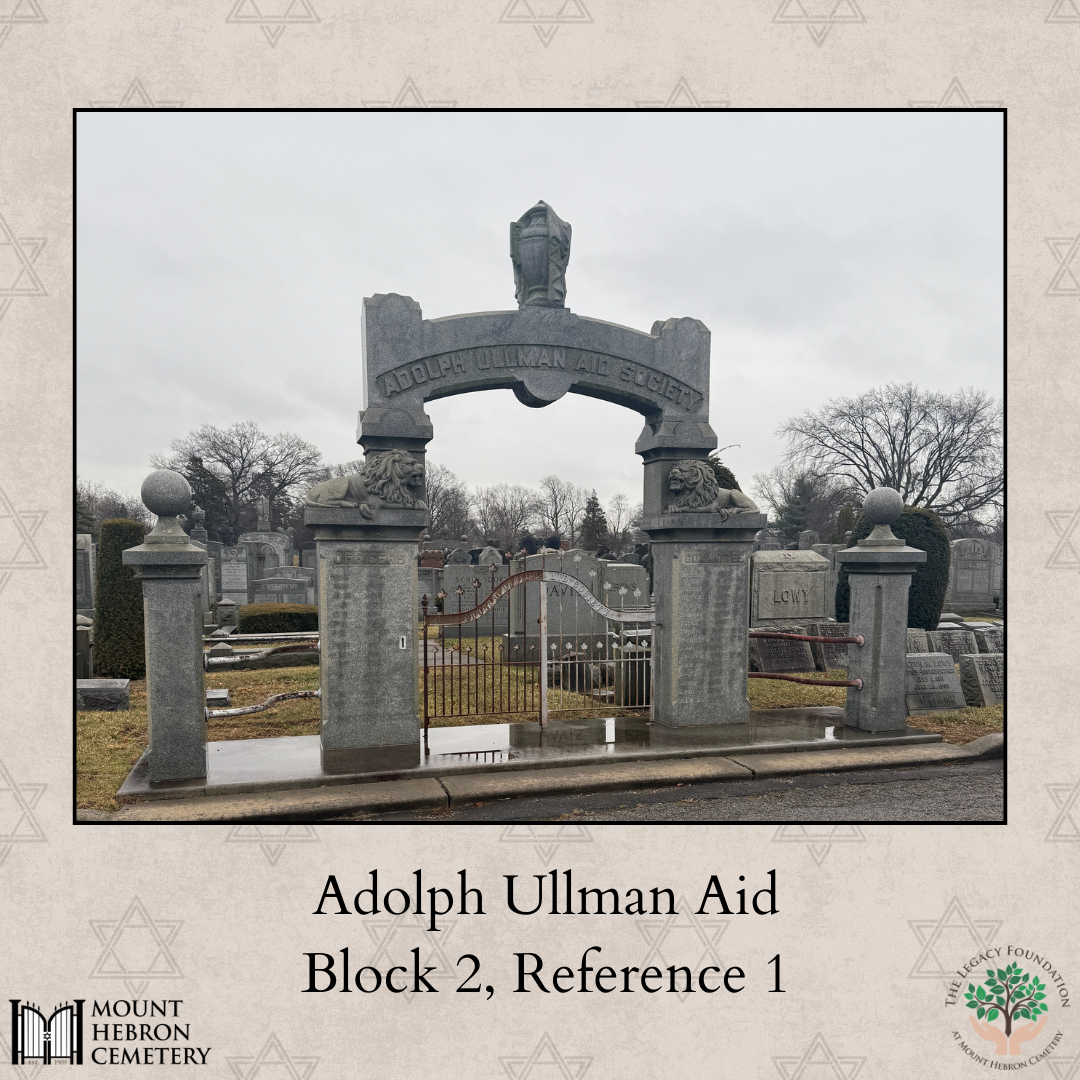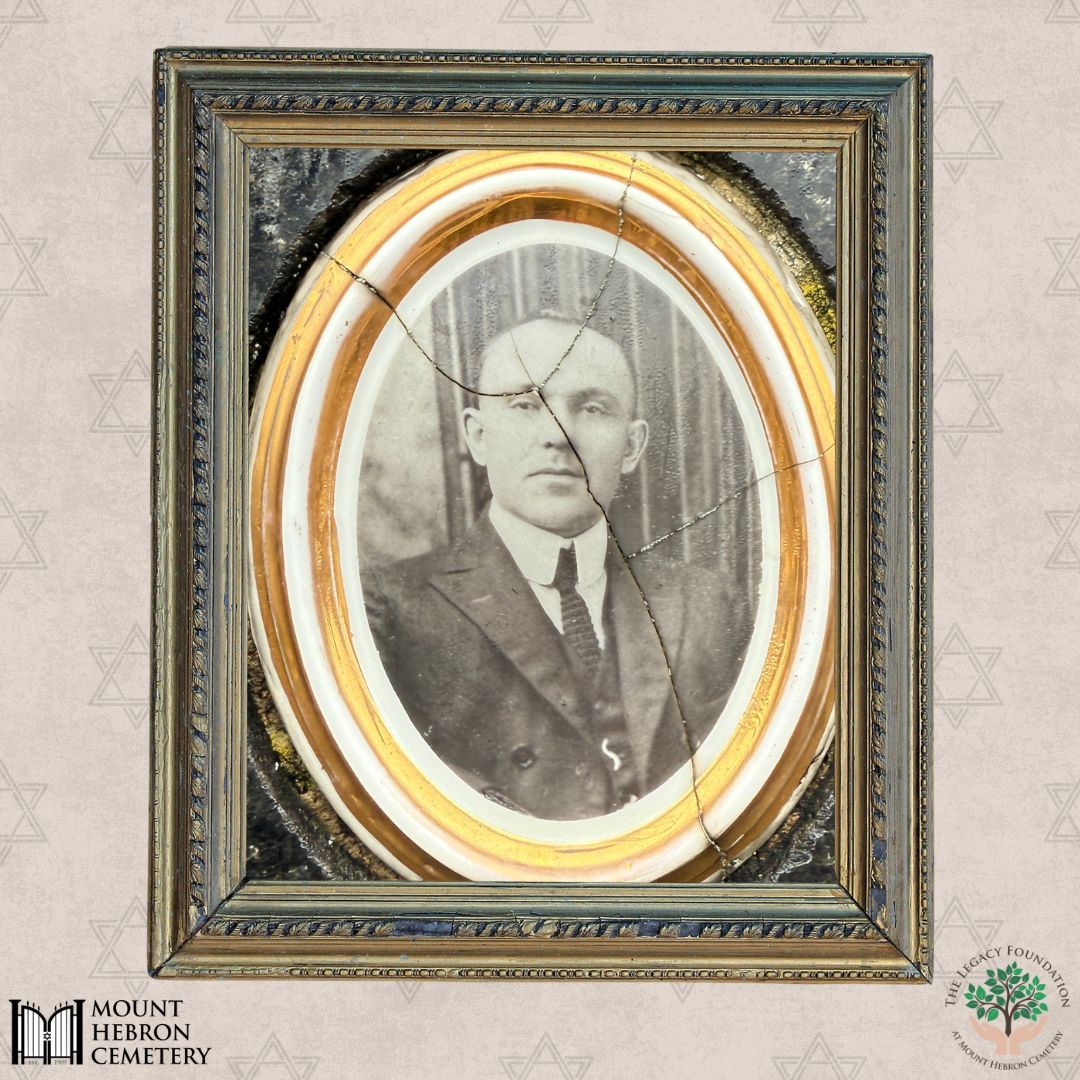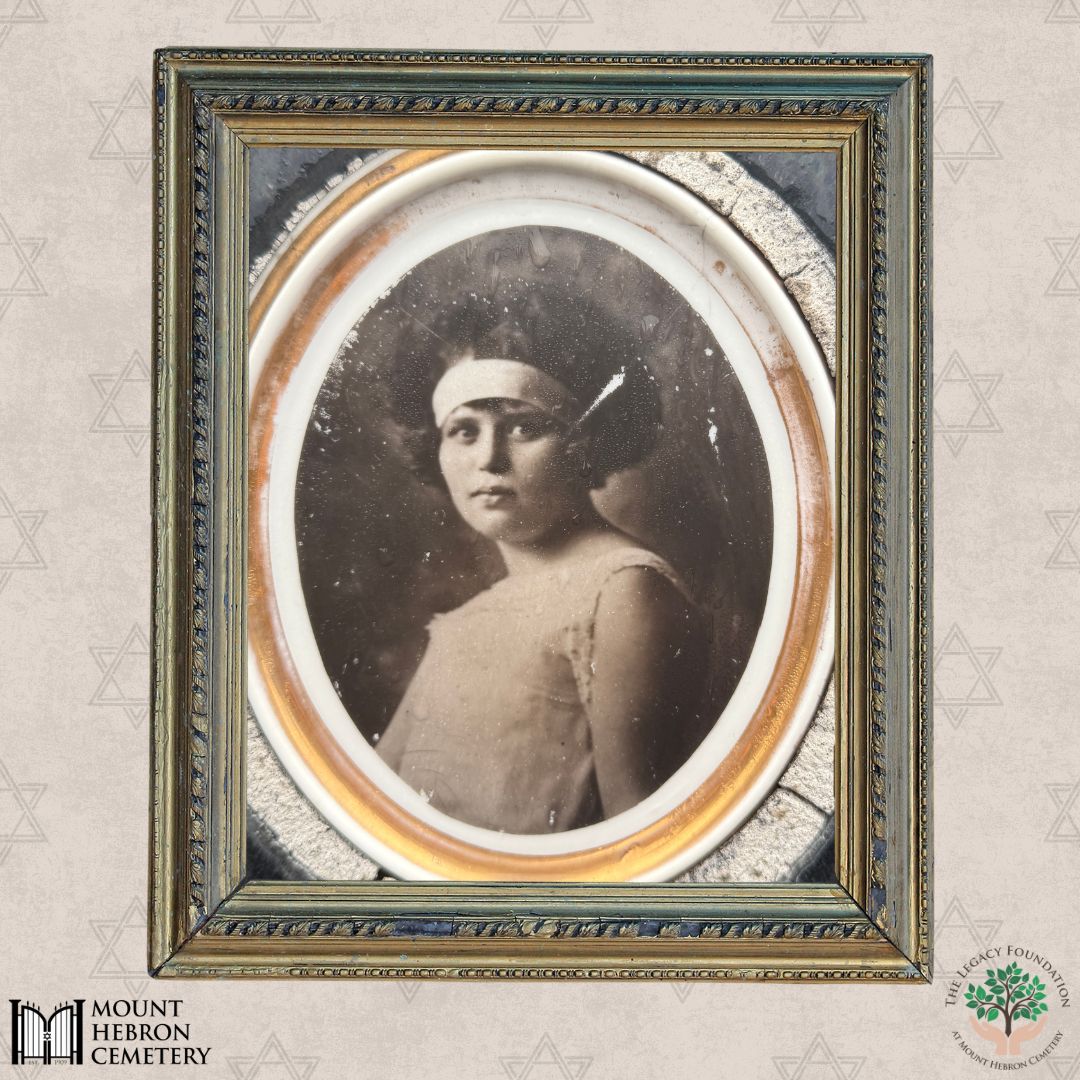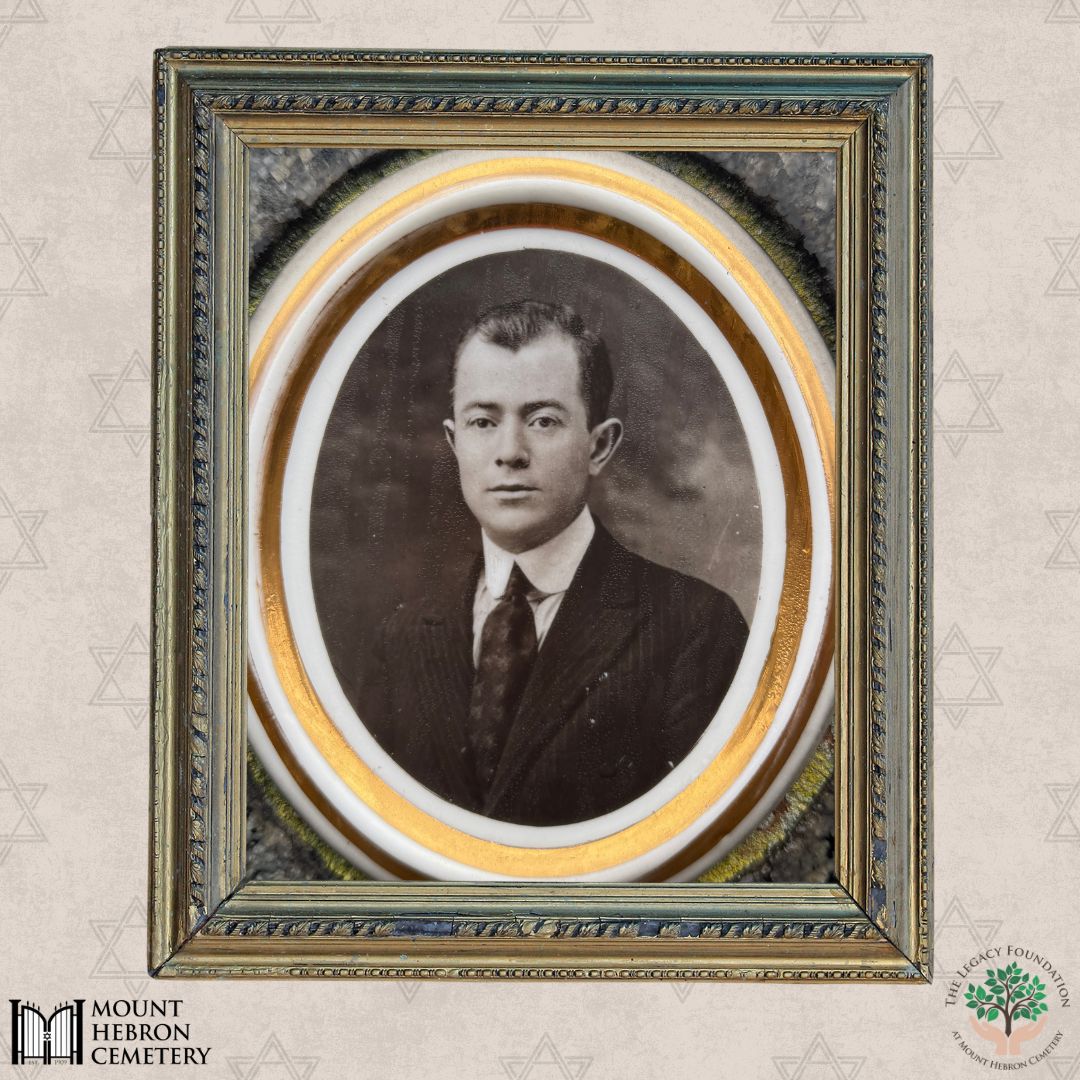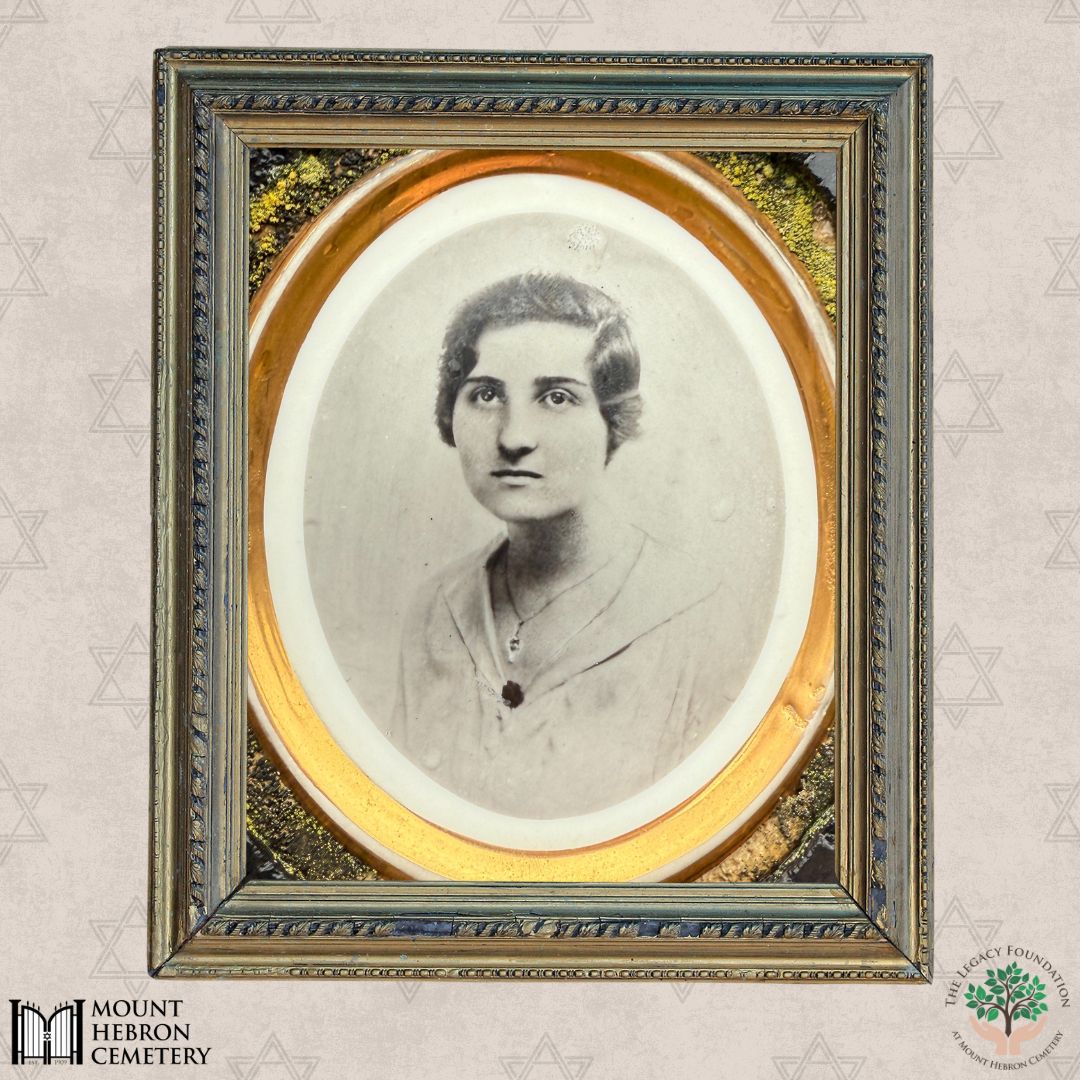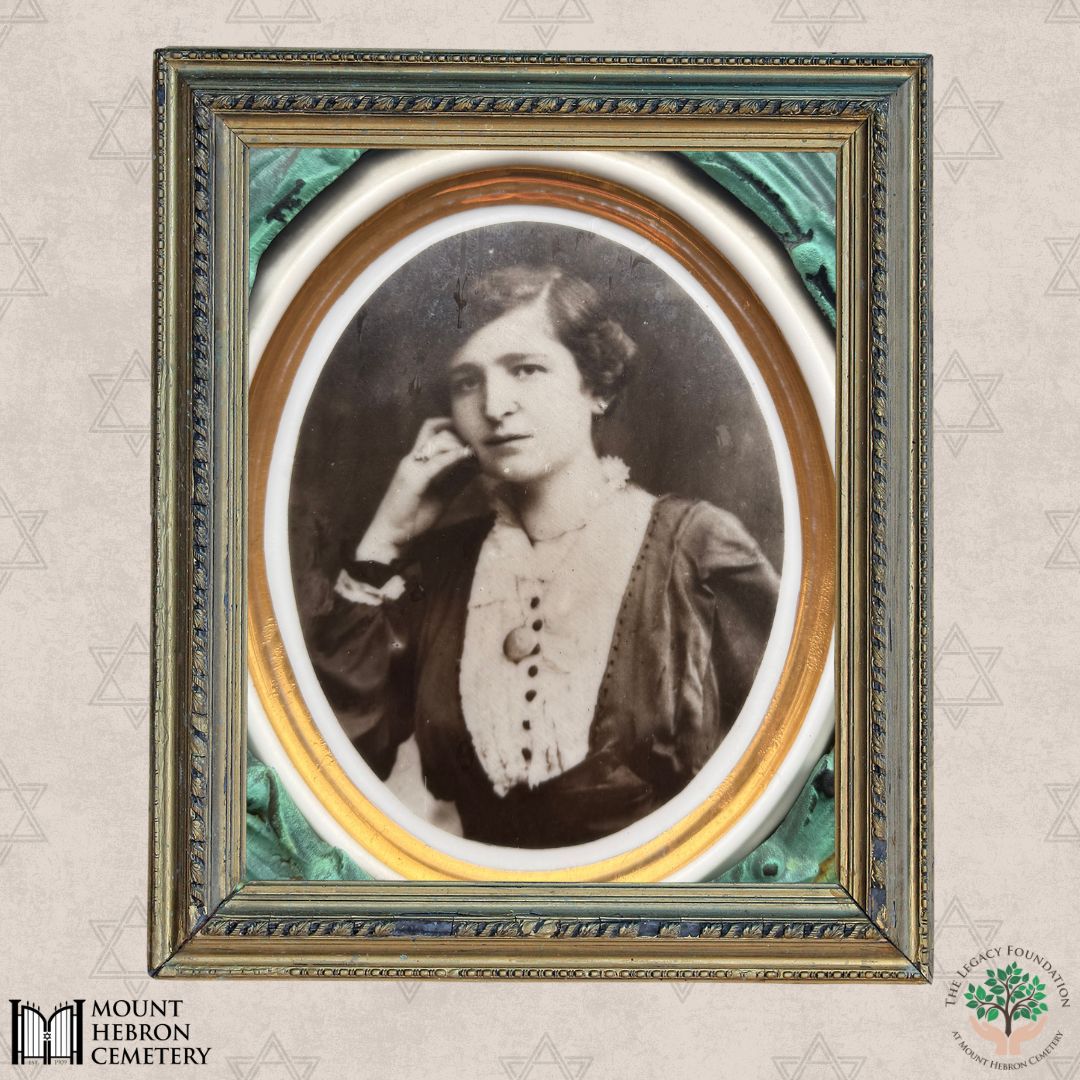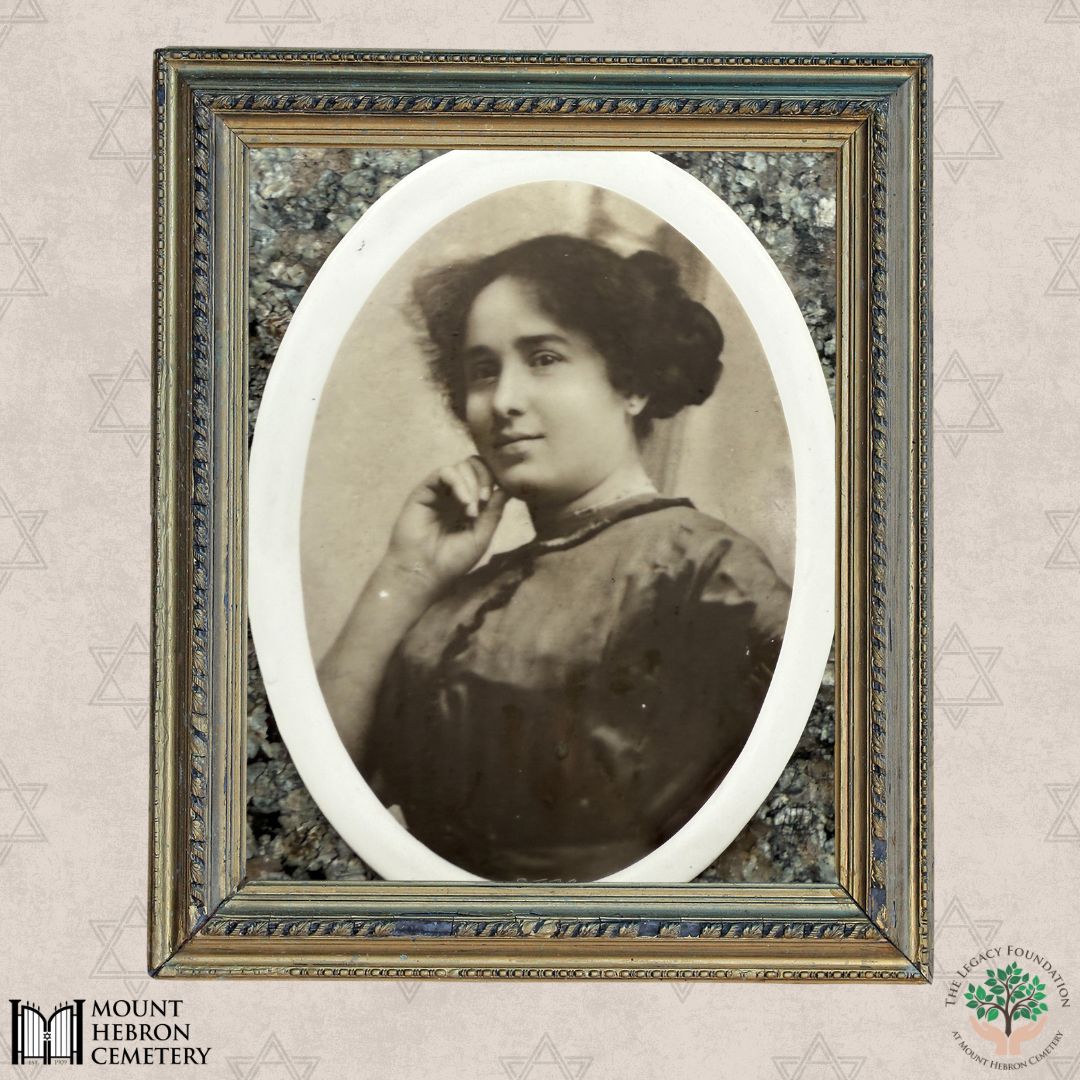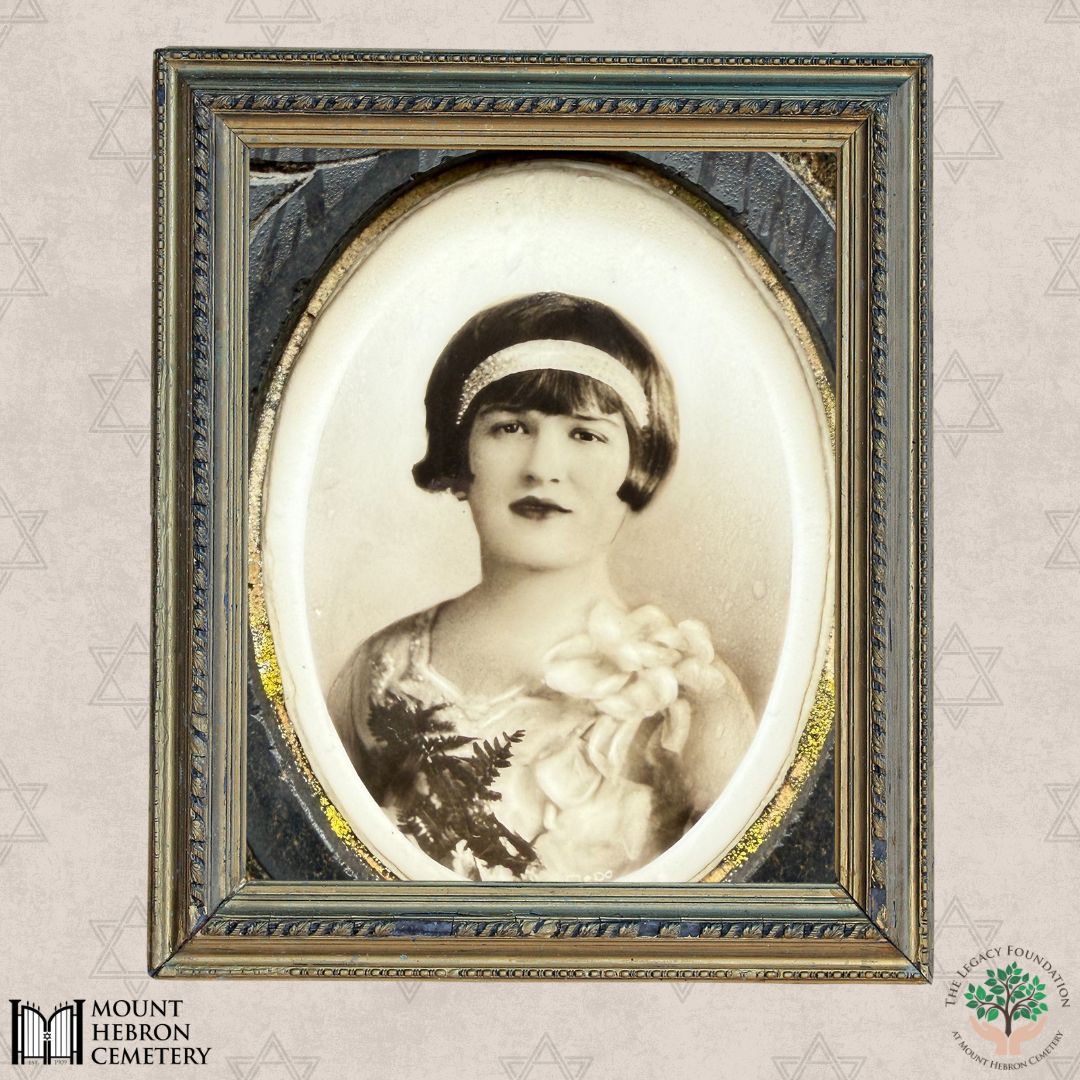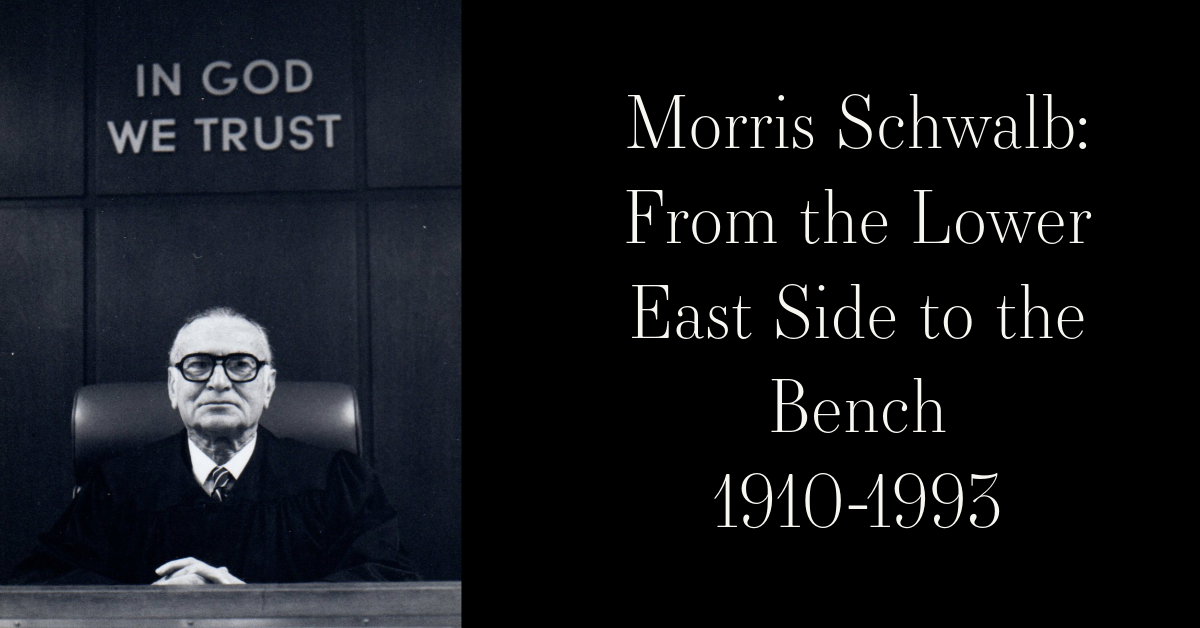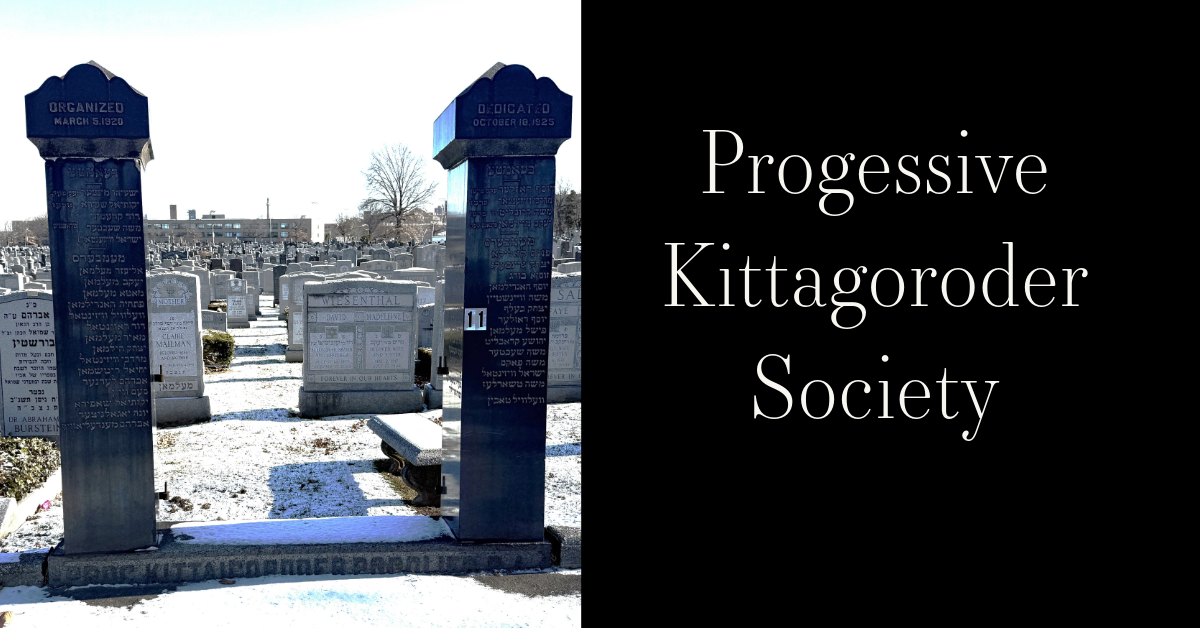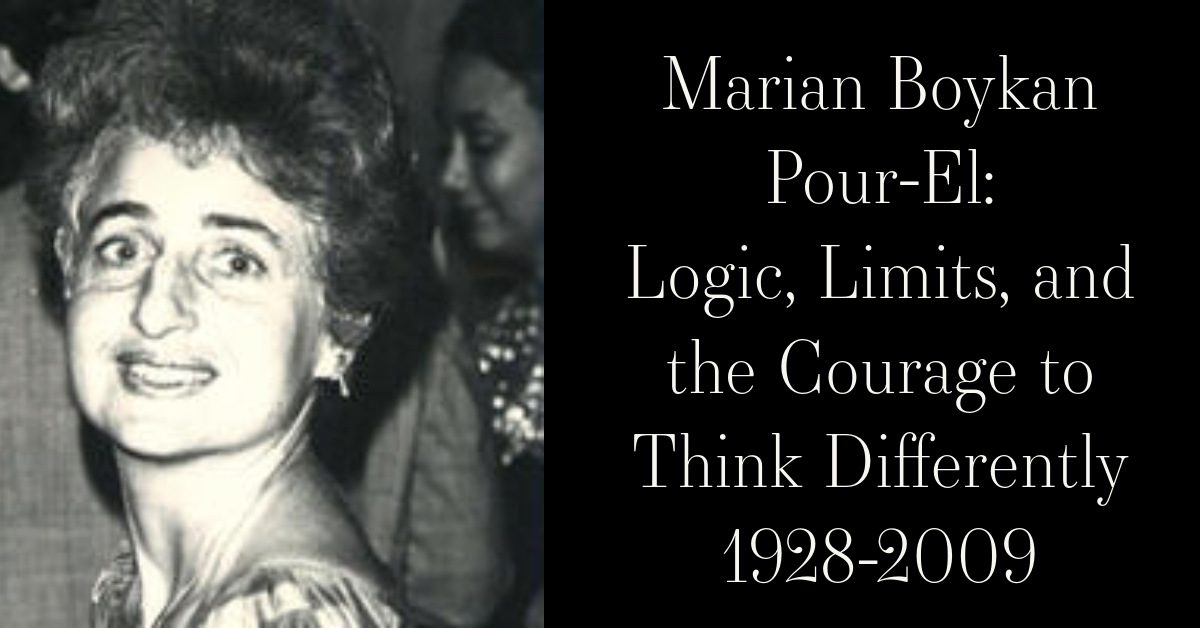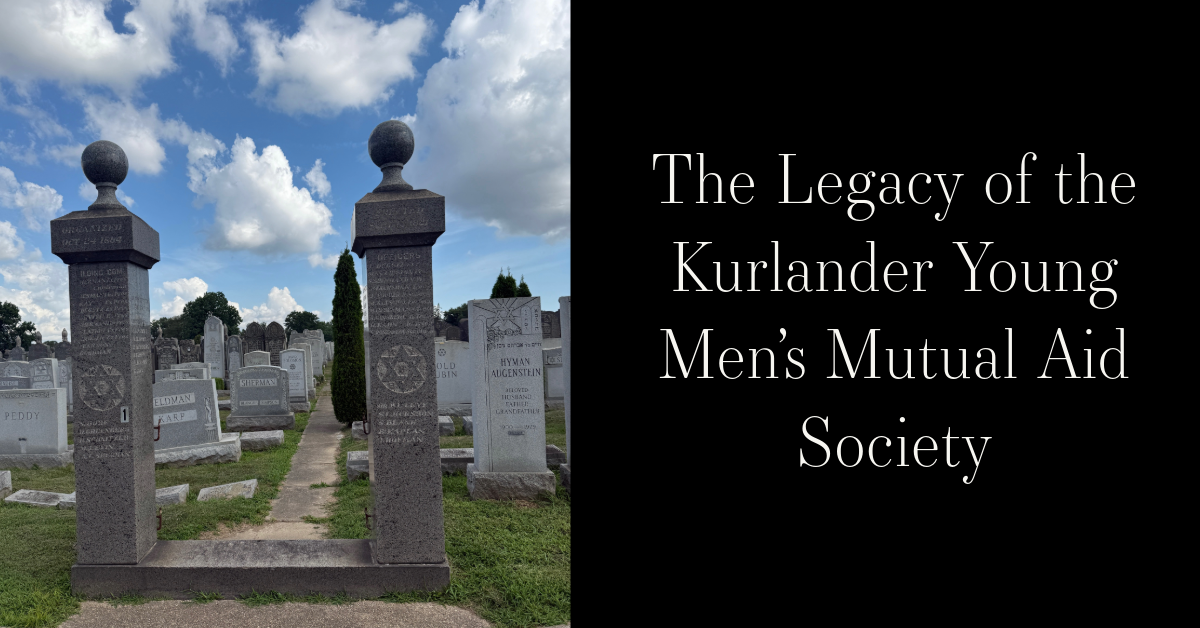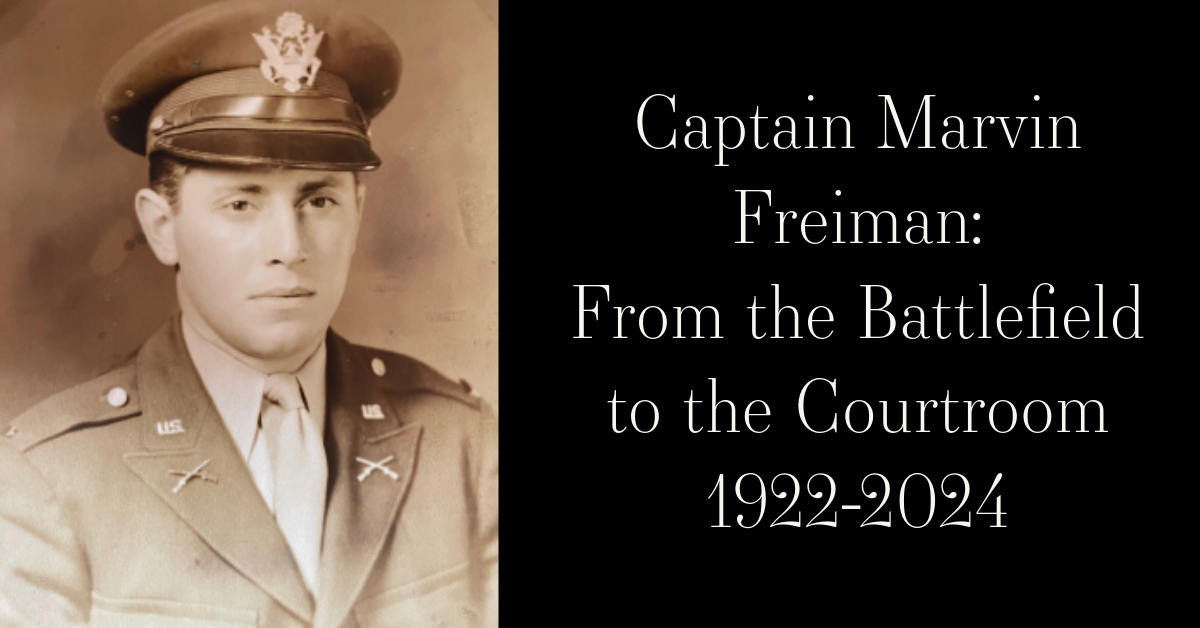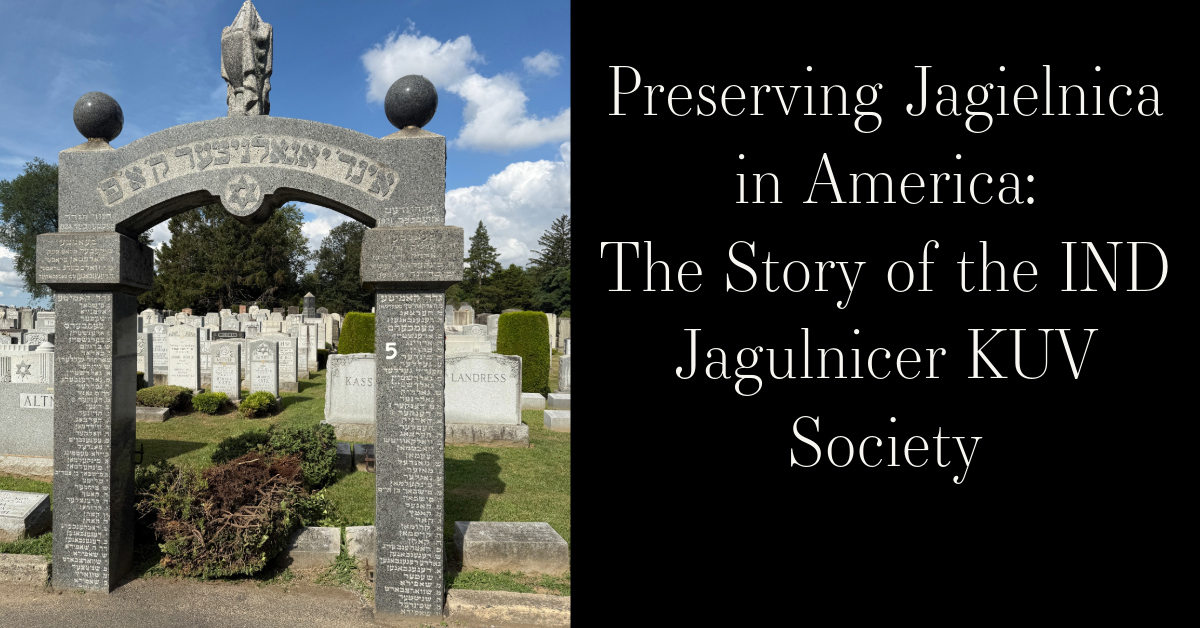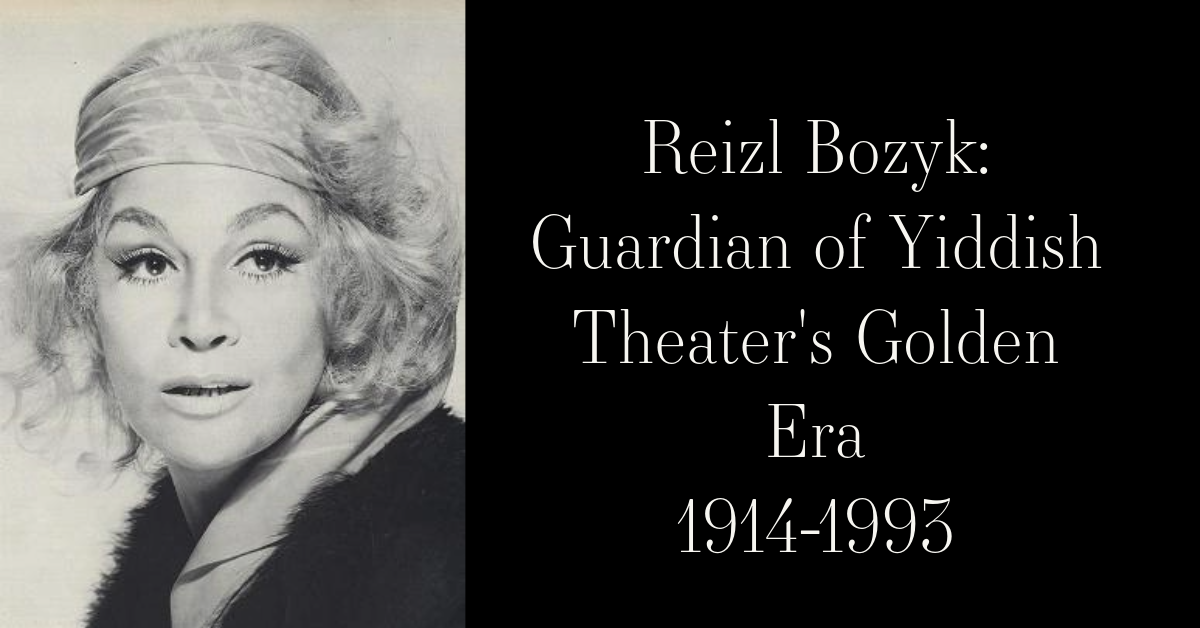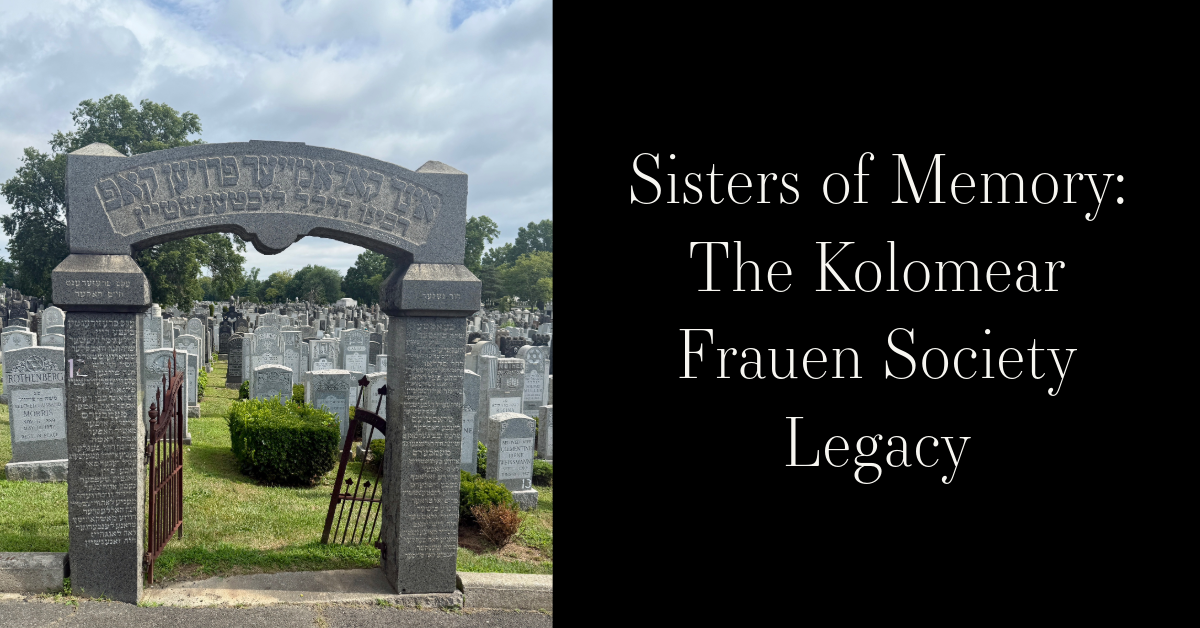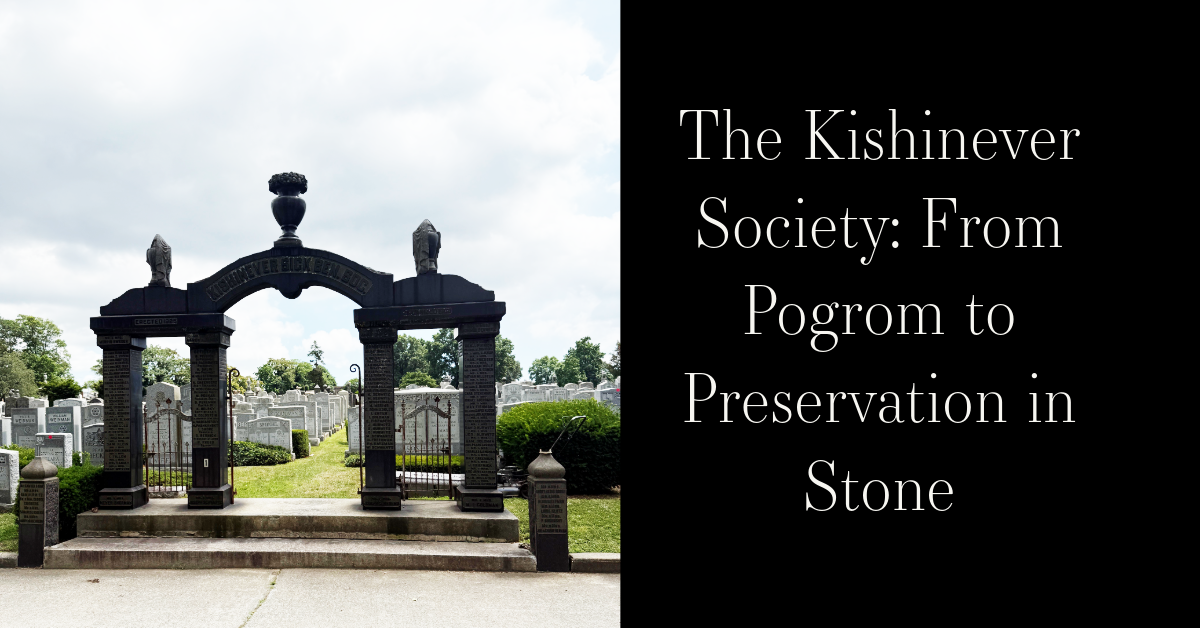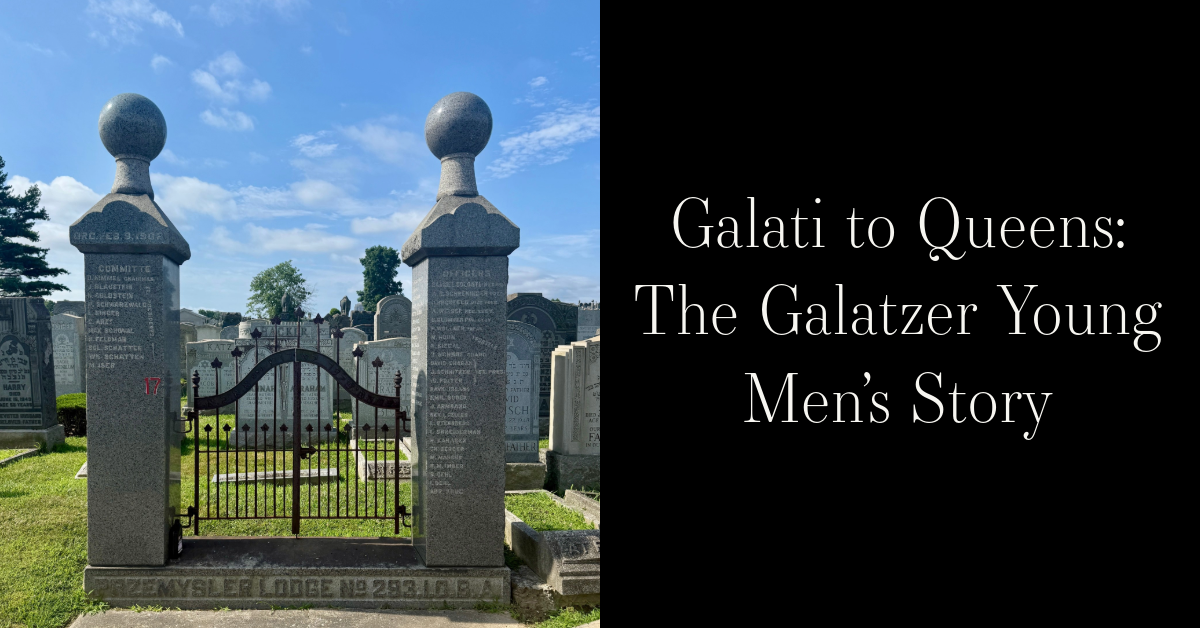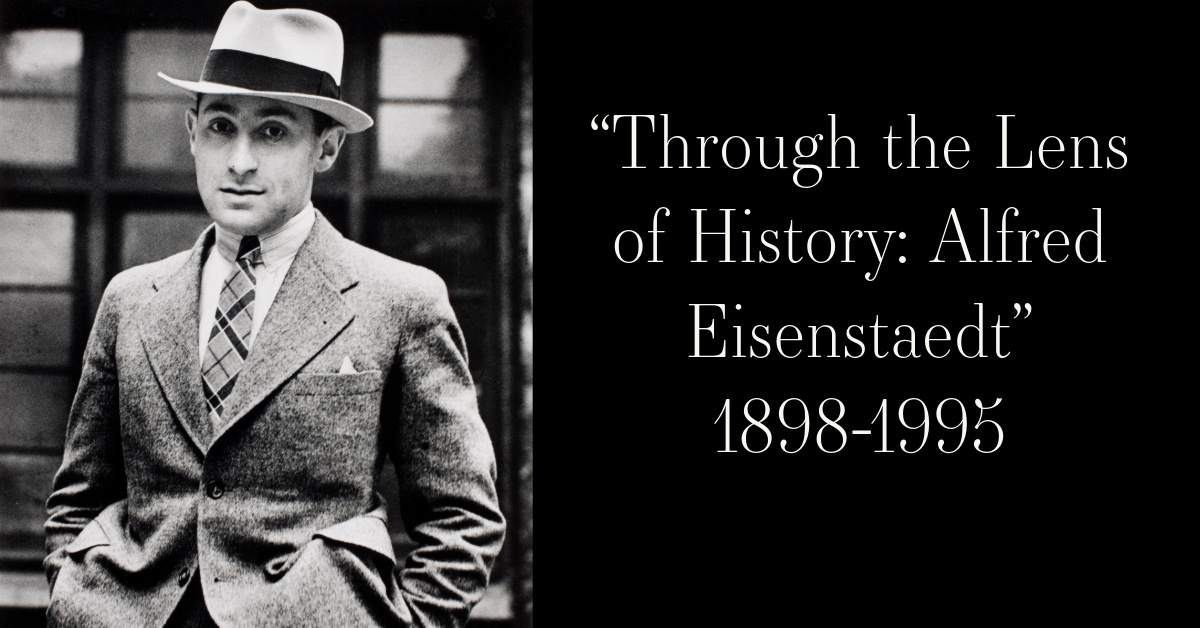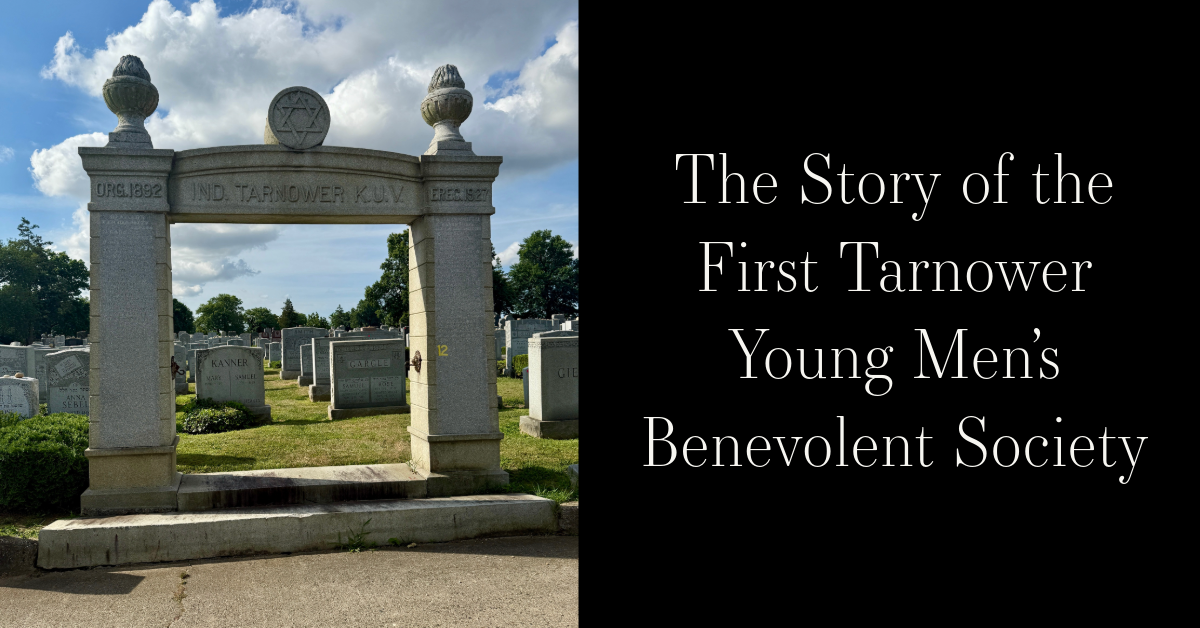Story Summary:
The Adolph Ullman Society was established in 1898. While the society is not connected to a specific town, its members mostly hail from Austria/Hungary and (mostly Eastern) Galicia. Adolph Ullman himself belonged to a prominent business family active in 19th century Hunga-ry.
Jewish life in Austria dates to the tenth century, gaining high recognition by the 1930s for its social and cultural advancements. Following its annexation in 1938, however, the Jewish people were subjected to harsh persecution. By the end of the war, over 65,000 Austrian Jews had per-ished. Following its joining of the Axis Powers in 1940, Jews of Hungary (~500,000) were also subject to persecution and perished. Once having gained full rights following the 1867 constitu-tion, the social, cultural, and religious aspects of Galicia's Jewish community flourished. Today, Galicia lies within the borders of Poland and Ukraine, with its Jewish population largely concentrated towards the East. May their memories live on. ~Blog by Olivia Scanlon
Adolph Ullman Aid Society
The Adolph Ullman Society was established in 1898. While the society is not connected to a specific town, its members mostly hail from Austria/Hungary and (mostly Eastern) Galicia. Adolph Ullman himself belonged to a prominent business family active in 19th century Hungary.
Jewish life in Austria dates back to roughly the tenth century and was well-recognized by the 1930s. By 1781, the “Edict of Tolerance” had granted the Jewish people of the Habsburg Empire certain religious and civil rights. By 1867, the Jewish community of the Austria-Hungarian Empire were granted full rights. In 1860, there were about 6200 Jews. This number increased, with there being almost 150,000 by the early 1900s, and almost 200,000 by the 1930s. The Jews of Austria worked as merchants, traders, and businessmen, and actively participated in the cultural growth of their community (music and theater). The community also maintained synagogues, prayer houses, cemeteries, Mikvahs, and educational facilities such as primary schools and Yeshivas.
When Austria, however, was annexed by Germany in 1938, the Jewish community was then subject to severe persecution, forcing them to emigrate. By November of 1939, between 50,000-120,000 Jews had fled. Beginning in October of 1941, Austrian Jews were to be transferred to the ghettos of Lodz, Minsk, Riga, and Theresienstadt, among others. Victims were further sent to the Mauthausen concentration camp in addition to its satellite camps, such as Ebensee and Gunskirchen. By the end of the war, over 65,000 Austrian Jews had been killed. About 800 survived the war by working for the Jewish Council. Today there exist five Jewish communities of Austra: Vienna (largest), Linz, Salzburg, Tirol & Vorarlberg, and Graz.
In October of 1940, Hungary had formally joined Germany, Japan, and Italy in the Axis Powers. By July 1941, almost 20,000 Hungarian Jews had been forced out. In May of 1944, deportations to Auschwitz began. By the end of the war over 500,000 Hungarian Jews had perished.
After the outbreak of WWII, Western Galicia was to be occupied by the Germans and Eastern Galicia by the Soviet Union. In 1941, Germany occupied Eastern Galicia. By the end of the war, Eastern Galicia remained with the Soviet Union while Western Galicia was returned to Poland. When Galicia was annexed to Austria in 1772, the Jewish population numbered to about 200,000. In March of 1849, the Jewish population were granted equality rights, however these were lessened when the constitution was revoked in 1851. By 1860, all restrictions had been lifted and following the enactment of the 1867 constitution, Jews were granted equal rights again. The Jews of Galicia engaged in professions of trade, banking, and industries. The number of Jewish estate owners increased as well. During the late 18th century/early 19th century, the Jewish cultural and social life of Galicia prospered. Well into the 19th century, Galicia had become a major center of Jewish intellectual thought. The Jews of Galicia were involved politically, forming multiple Zionist organizations and publishing Zionist newspapers. By the late 19th century/early 20th century, a Jewish labor movement had been organized. Today, Galicia lies within the borders of Poland and Ukraine, with its Jewish population largely concentrated towards the East.
https://encyclopedia.yivo.org/article/1452
https://www.worldjewishcongress.org/en/about/communities/AT#:~:text=Between%201848%20and%201938%2C%20many,Stefan%20Zweig%2C%20and%20Arthur%20Schnitzler.
https://spotlight.anumuseum.org.il/austria/modern-era/history/after-1867/
https://encyclopedia.ushmm.org/content/en/article/austria
https://www.jewishvirtuallibrary.org/hungary-virtual-jewish-history-tour
https://www.jewishvirtuallibrary.org/galicia-ukraine
https://ukrainianjewishencounter.org/en/the-jewish-question-in-austrian-galicia-assimilation-antisemitism-and-attempts-at-coexistence/


